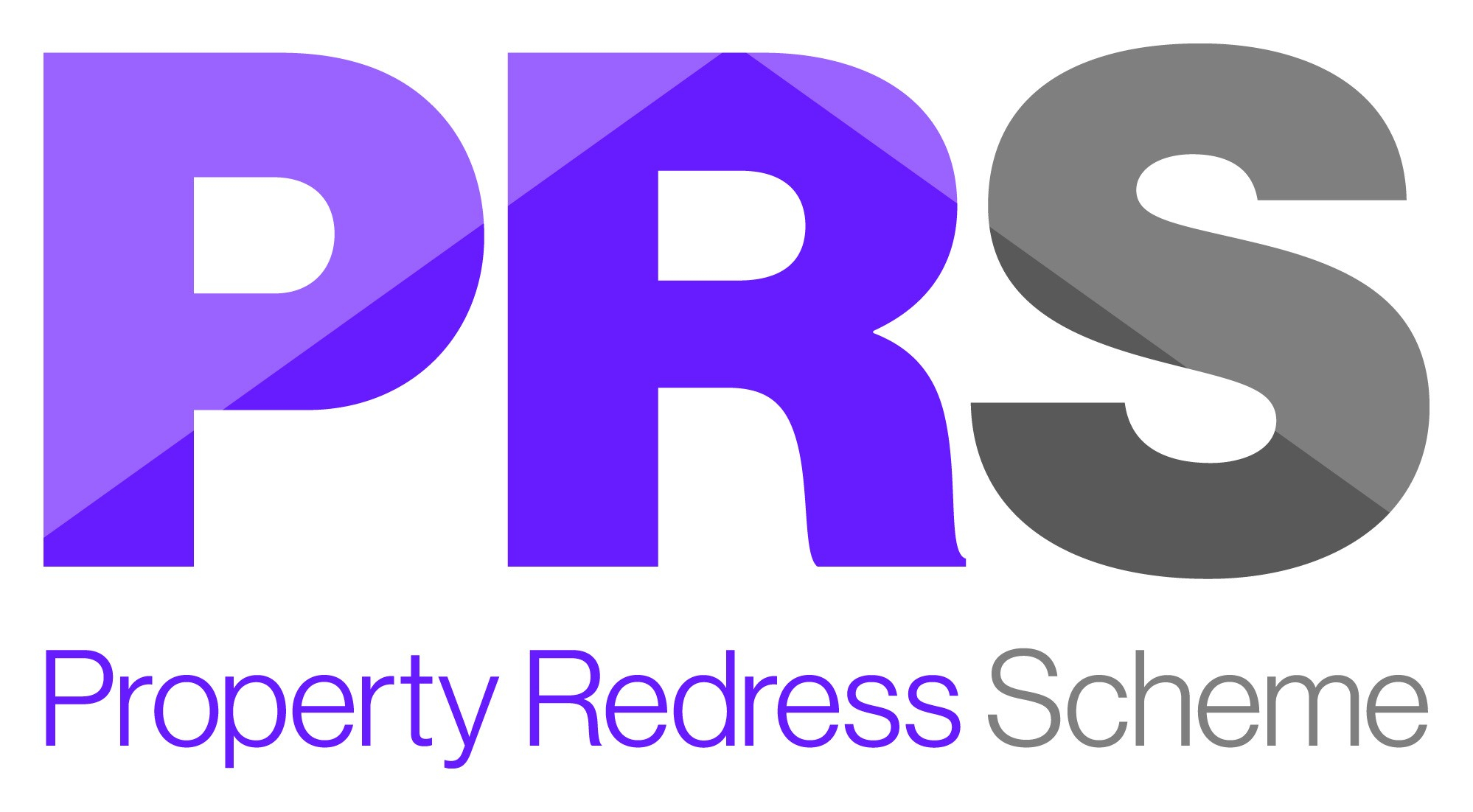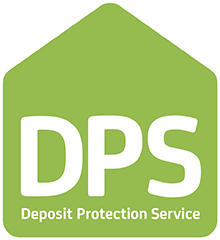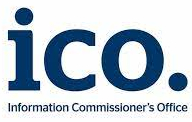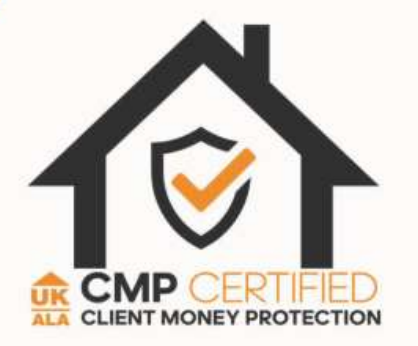London Zip Cop Post: Decrypting London's "Morse Code"

Why is it important to know the London postcode?
The UK postcode seems to consist of a random mixture of numbers and letters, which makes little sense. In fact, these combinations can make you know your city clearly, and it will be easy to find buildings using zip codes.
When you are in a certain city, you are likely to be confused by different streets in the town but with the same name. However, the zip code is unique. When using the correct zip code to find the location, you can easily find the desired location or building.
In addition to the role of positioning, the zip code is also a symbol of identity and social status. Since a certain zip code represents a certain area (e. G. YO, for York), house prices will vary from region to region. Simply put, when you know the zip code, it reflects your economic strength.

Distribution of London Zip Code
the postcode of the London area consists of two parts, each part has a combination of three letters and numbers. The first part represents the area and postal area, and the second part represents the streets and houses.
London is divided into north and south with the Thames as the boundary, and east and west with the center west and center east.
The postcode of London is ordered by ESWN in the southeast and northwest. There are also two letter combinations, eg WC/west central, EC/east central. The location of the project can be known very accurately according to the postcode.
Central London, dark green on the map, government, finance, business, etc. are divided into two parts:
-"West" is called a rich area by us. There are many old buildings with an average price of 1500-2000/foot. Here is our familiar name and expensive zip code:
SW1(Westminster, Capitol, Buckingham Palace, Belgravia),
SW3 (Chelsea)
SW7 (Kensington)
SW11 (Nine Elms, Nine Elms, new U.S. embassy & embassy area)
WC1, WC2, (China Town, Oxford Street, Bond Street, mainly commercial etc, shops and restaurants in the city center are concentrated in WC zip code);
-"East" mainly refers to the financial city in the city center and the high-income people who walk around and work in the financial city. The house price is 1000:
EC (City of Finance/"The City"),
E1W (north of the Thames, east of Tower Bridge, 54% tenants earn more than 7w a year, and the 69% population is a high-end industry population/bank insurance lawyers, political arts, etc.),
N1C (new zip code, around Eurostar & Kings Cross, Google, YouTube, Expedia, Ticketmaster, university of the arts london-central st Martin's college, UCL etc).
E14 (Canary Wharf/Canary Wharf is London's second financial city, so it is liked by the financial industry and investors).
So what are the gold postcodes in London?

(Photo from Knight Frank Knight Frank)
1. Belgravia Belgravia (SW1W)

average house price: £ 1,902,467

belgravia is known as an oasis in the city of London. With its superior geographical location, London's core parks are basically near here. For example, Hyde Park, Holland Park.
In recent years, due to the introduction of many high-end food stores and shops in Belgravia, the number of local shops has increased. Belgravia has been named one of the best shopping destinations in London by Forbes.
The average price of high-end residential housing in Belgravia has risen 65% since 2009, and its high-end residential transaction volume is also higher than that of other regions. (Data from Knight Frank Knight Frank)
2. Kensington Kensington (W8)


(Image from Forbes)
average house price: £ 1,891,100
kensington is joined by Princess Diana's former home, Kensington Palace, an area with one of London's most expensive roads, Kensington Palace Gardens, also known as Billionaire Street. In addition, there are many top secondary and elementary schools around Kensington. Therefore, its educational resources are also the main attraction of the region.
According to statistics, the price of high-end houses in Kensington has risen by 72% since its 2009, which shows that its investment value is very high. (Data from Knight Frank Knight Frank)
03 Chelsea Chelsea (SW3)


(Image from Forbes)
average house price: £ 1,956,024
chelsea is located on the west side of Belgravia and on the south side of Kensington. SW3, sandwiched between Brompton in the north and Chelsea in the south, is the most expensive postcode in the UK. Chelsea has oversized old historic homes and a superior location that makes it more expensive than most other parts of London.
According to statistics, the average price of high-end houses in Chelsea has increased by 63% since 2009. (Data from Knight Frank Knight Frank) Therefore, the Chelsea area is also one of the areas worth investing in.
04 Mayfair (W1K)


(Image from Forbes)
average house price: £ 1,048,626
mayfair has been one of the most popular locations in London since the end of the 18th century, and has long been a gathering place for luxury houses. Grosvenor Square is located in the center of this postcode, and the U.S. Embassy is located at its western end. In addition, Mayfair also has a number of clubs with a long history and high-end venues.
Since the market trough, the average price of high-end residential buildings in Mayfair has risen by 55%, and its rents have also risen by 2.3%, which is one of the highest increases in London's golden belt. The most important thing is that Mayfair's annual increase in property values exceeded that of Belgravia, and this year's increase was sustainable. Mayfair has since been one of the most worthwhile investment areas. (Data from Knight Frank Knight Frank)
05 Knightsbridge (SW1X)

(Image from Forbes)
average house price: £ 1,910,987
knightsbridge is home to the most expensive property in the world. It is one of two international retail centres in London adjacent to the West End. Knightsbridge is a wealthy area of London, adjacent to the vast Hyde Park, full of magnificent Victorian mansions and tree-lined garden squares.
Knightsbridge has many expensive stores, including department stores Harrods and Harvey Nichols, as well as flagship stores of many British and international fashion houses, including those of shoe designers Jimmy Choo and Manolo Blahnik in London, and two Prada stores. The area also has banks catering to the wealthy.
Some of London's most famous restaurants are here, as well as many upscale hair salons and beauty salons, antique and antique merchants, and chic bars and clubs. The Victoria and Albert Museum is dominated by decorative art exhibits, and often holds large-scale exhibitions. In the Italian-style London chapel, people can enjoy beautiful organ concerts.
06 Hampstead Heath(NW3)


(Image from Forbes)
average house sale price: £ 1,697,553($ 3,475,009)
hampstead Heath is an ancient London wasteland, covering an area of 320 hectares. It's just four miles from the city center, all the way to London's highest point, and it feels different. The wasteland is disorganized and hilly, surrounded by ponds, recent and ancient woodlands, leitos, playgrounds and training grounds, and is adjacent to Kenwood House, the former residence of Kenwood, and its estate. The southeast of the wasteland is Parliament Hill, so the view of London is protected by law. Wasteland is an important place for nature conservation, and part of Kenwood is a place of special scientific significance. In summer, lakeside concerts will be held there.
Its winding streets boast some of London's most expensive houses, which are already priced beyond the lives of many Old Hampstead intellectuals, but the NW3 still attracts (wealthy) people in the arts and media. Recent residents include Spice Girl Emma Bunton and former arsenal player Thierry Henry.
07 St John's Wood (NW8)


(Image from Forbes)
average house price: £ 1,800,571
st. John's Wood is an area in Westminster, northwest of London, about 2.5 miles northwest of Charing Cross. Full of large Georgian and Victorian homes, St John's Wood is fast becoming one of the hottest neighborhoods in London.
The area is best known as the Lord's Cricket Ground, home to the Marylebone Cricket Club and Middlesex CCC, it is a regular international cricket venue. It is also home to Abbey Road studios, where the Beatles edited some of their most famous albums. Fans continued to flock to Abbey Road, as thousands of people tried to rebuild the album covers of the famous No. 4 depot that crossed the road.
From the investor's point of view, both owner-occupied and investment are in the 1-2 zone,
if you live by yourself, the surrounding environment of each of the above postcodes is suitable. Some postcodes are slightly more expensive. Considering the price, the appropriate postcodes are SW11, EC, E14 etc,1 room and 2 rooms.
If Buy to let is not only the surrounding environment, it is also very important to consider the income and quality of the tenants. The suitable postcode SW11, EC, E14, SE1, etc, I suggest that one room is the best.
The average rental return in Greater London is 4%, and the rental 2% of high-end properties in the rich western district is also available. The return in the suburbs can reach 5-6%.
Loan line 50-75%
interest is currently 0.99%-3% (2021 about 3% of our loan)
after reading the whole article, do you have a general understanding of the London postcode? London's golden postcode area will become the only place for you to invest, waiting for appreciation, heart is not as good as action, what are you waiting!
Author: Vv
source: Details of the United Kingdom (ID:UKtalk)
it may not be reproduced without authorization.
Reference:
https://en.wikipedia.org/wiki/Knightsbridge
https://content.knightfrank.com/research/929/documents/zh-chs/-3374.pdf
https://en.wikipedia.org/wiki/Hampstead_Heath
https://en.wikipedia.org/wiki/St_John%27s_Wood
https://www.forbes.com/2007/12/11/postcodes-uk-expensive-forbeslife-cx_po_1212realestatelondon_slide.html? sh=1346de6d1e14





















